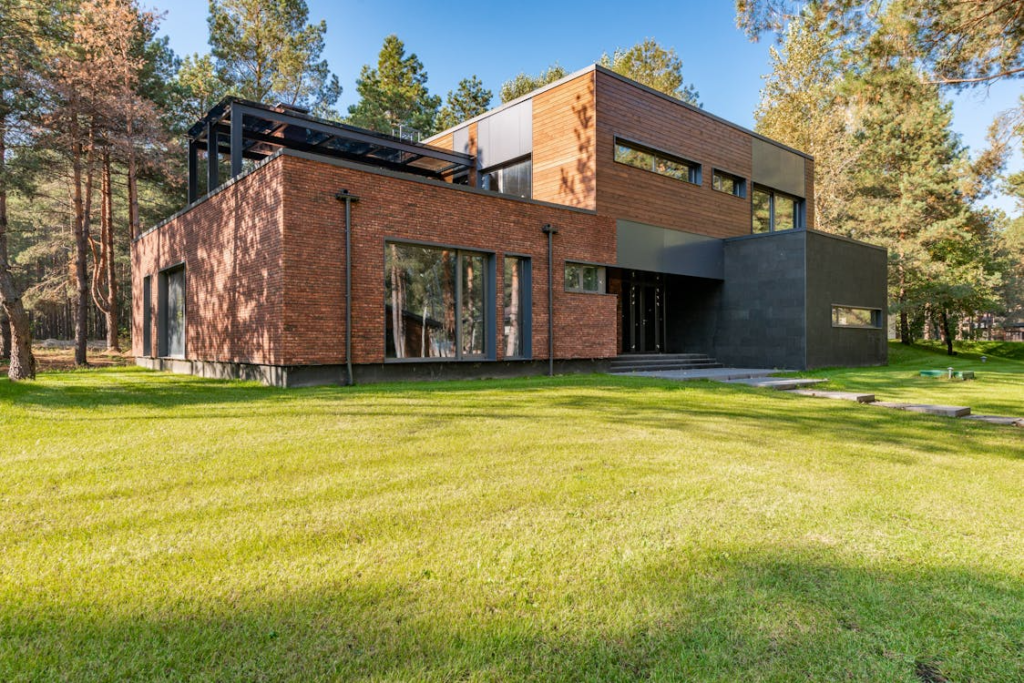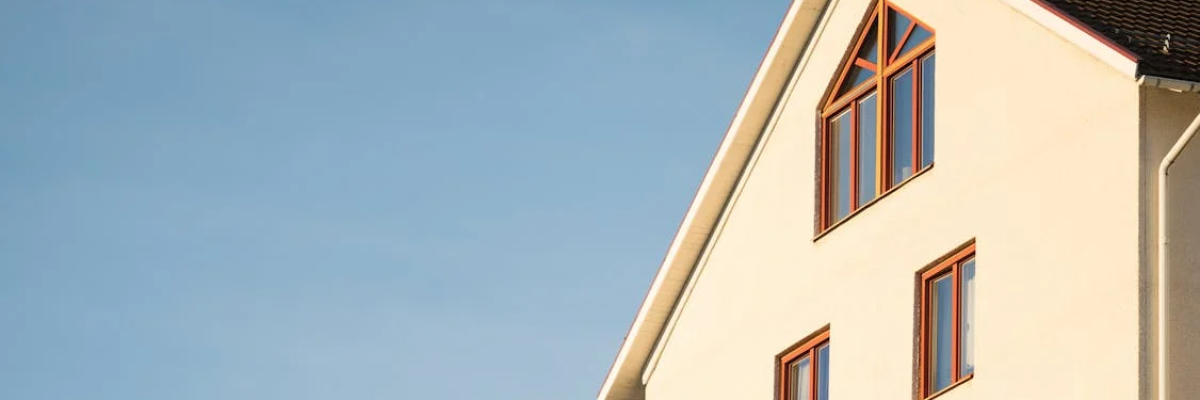When it comes to painting the exterior of your home, one-size-fits-all doesn’t apply. Each surface, whether it is stucco or brick, has its own personality, challenges, and needs. That’s why using the right type of paint and finish is essential for both durability and appearance.
In this surface-specific exterior paint guide, we’ll explore the best paint formulations for each material and how our leading commercial and residential exterior painters choose products that last.
Stucco: Breathable and Flexible Finishes Work Best
Stucco is a porous surface that expands and contracts with changing temperatures. Because of this, flexibility and breathability are key features in paint products designed for stucco. Acrylic latex paint is the top choice for this surface. It adheres well, resists cracking, and allows moisture to escape instead of getting trapped beneath the finish.
Professional exterior painters often recommend using elastomeric paint for older stucco that has minor cracks. Elastomeric coatings are thicker and form a stretchy, water-resistant barrier. However, these should only be used on properly prepared surfaces, as they can seal in existing moisture if applied incorrectly. For most homes with newer or well-maintained stucco, 100% acrylic paint with a flat or low-sheen finish delivers excellent results.
Brick: Mineral-Based or Masonry Paint Is Ideal
Brick exteriors are strong and timeless, but they’re also highly absorbent and can be affected by efflorescence, a white powdery residue that appears due to moisture and salts. When it comes to painting brick, the priority is breathability and water resistance. Standard latex paint won’t do the trick long-term.

Our paint guides and experts will always suggest mineral-based paints or silicate paints. These penetrate the brick surface and bond chemically, creating a durable finish that allows moisture vapor to pass through while keeping water out. Masonry-specific acrylic paints are another good option, especially for brick that has been previously painted. These paints offer weather resistance and solid color retention without trapping moisture inside the wall.
Exterior painters often choose a flat or matte finish for brick to preserve its natural texture and avoid sheen buildup that can make it look artificial.
Siding (Wood, Vinyl, and Fiber Cement): Tailor Paint to Material
Now, let’s look at siding surfaces in this paint guide. Siding materials vary, which means so should your paint choice. Wood siding requires a breathable, moisture-resistant paint. Acrylic latex paints work beautifully here, providing flexibility that accommodates the natural expansion of wood. If you’re going for a stained look, semi-transparent or solid stains designed for exterior wood are best.
For vinyl siding, flexibility and color compatibility are critical. Use a high-quality acrylic latex paint labeled safe for vinyl. Keep in mind that painting vinyl a darker color than the original can lead to warping. Professional exterior painters understand which shades are safe and which should be avoided.
Fiber cement siding is one of the easiest surfaces to paint, especially when pre-primed. Acrylic latex paint is the go-to here as well. It adheres well, withstands harsh weather, and maintains color over time. A satin or low-luster finish is ideal to minimize dirt collection while keeping the look modern and clean.
Looking to upgrade your property with a fresh coat of the right paint? You’ve explored our comprehensive paint guide and now understand the complexities of painting different exterior surfaces. For flawless results and lasting beauty, trust the experts at Right Choice Painting.
As leading residential and commercial exterior painters in Phoenix, we offer unparalleled quality and service. Don’t just paint, make the Right Choice for your property.
Call our dedicated exterior painting company today and let us bring your vision to life.


